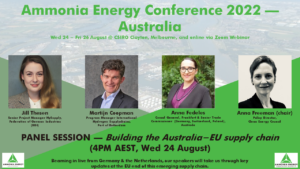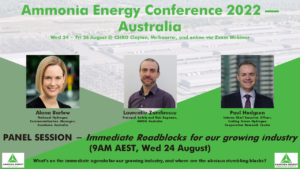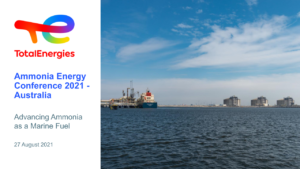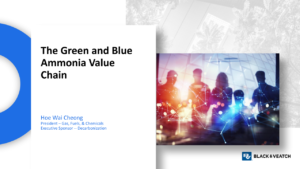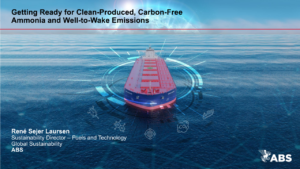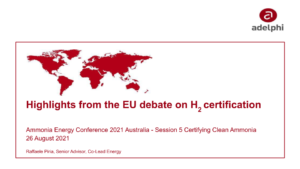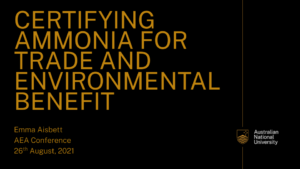Building the EU end of the Australia-Europe supply chain
At this year’s Australia conference, we recognise that interest in Australian ammonia is on the rise. At previous conferences we’ve witnessed the strengthening of ties between Australia, Japan and South Korea, and this year we see a new player emerge. The EU’s growing ambitions have catapulted it into the ammonia conversation, and the nascent of an Australia-Europe ammonia supply chain is quickly developing. To give our audience the EU-perspective, we welcome a terrific virtual panel beaming in live from the Netherlands, Germany and Italy: Jill Thesen (Federation of German Industries), Martijn Coopman (Port of Rotterdam), Anna Fedeles (Austrade) and Anna Freeman (Clean Energy Council). Join us in-person or online, and make sure to register by the end of this week (Friday 29 July) to secure the early-bird rate.
